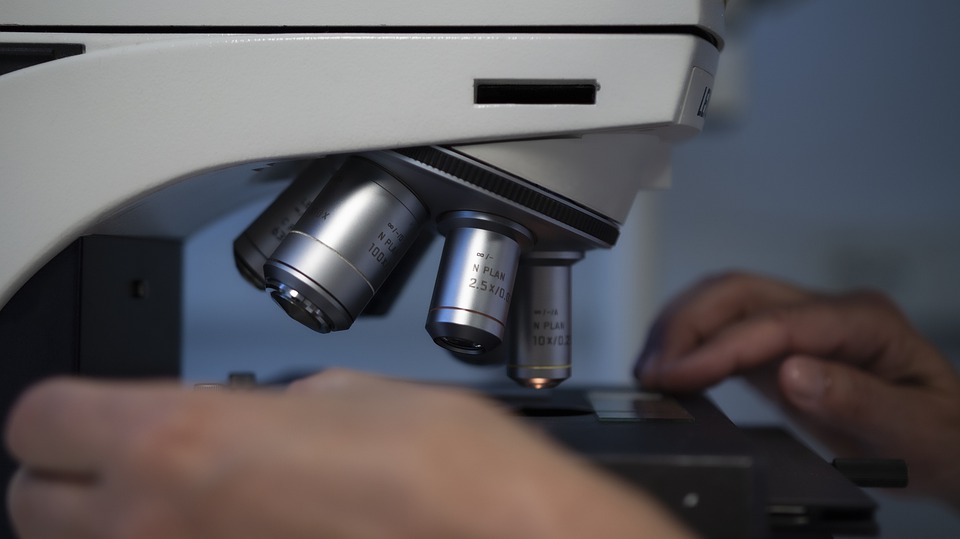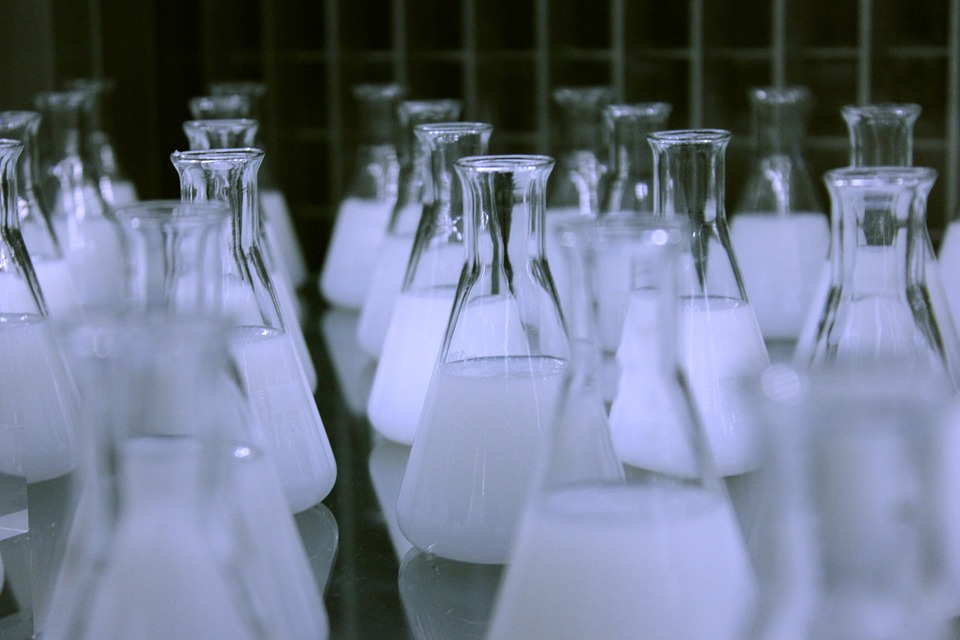Research and education are two fundamental tasks that work in a loop, and it’s important that we always work towards having it grow in every way possible. Where research is required for the expansion of the knowledge we currently have, and education is required for the propagation of this knowledge to the next generation- who then perform research to further grow this knowledge.
Thus, it is of the utmost importance for educators to be aware of the environment they are living in, in order to provide the right kind or level of knowledge. Furthermore, one must have the tools in order to simplify and provide ease to the delivery of these ideas, by using for example visual presentations, rather than dry content.
Here we introduce some equipment that are gaining traction in the scientific field and whose understanding will be of benefit to future generations.
Computers
We are currently living in the 21st century and almost every household in the western world has at least one computer. In addition, we are living in the age of big data, where a vast amount of information is collected. However, in order for people to make sense of this massive quantity of data, it needs to be converted, at high speed, to a language understandable by humans. Thus, it is essential for students, especially the younger generations, to learn the essentials of coding.
Computers have provided great computational power in the world we live in, making our lives much simpler. When it comes to science, the software required for analyzing the data is either changing at a rapid pace or is nonexistent. Thus, being able to program is a huge benefit. These and other factors are the reason behind the importance of a computer for both educators and scientists.
Flow cytometry
A flow cytometry is a laser based device that can measure the characteristics of a cell within a heterogeneous population; this includes the cell size, the phenotype, cell count and so forth. It is one of the most widely used devices, especially in the field of immunology, and is present at almost all research centers, hospitals and universities. Its application can range from mere cell characterization, in case of cancer, to the diagnosis of infectious diseases.
One of the best features of this device is that all this data can be collected and analyzed within a day or two. Flow Cytometric devices are constantly evolving, with the older generations being large and complex, while the newer ones being smaller in size and requiring less hands on time. This is an essential tool to be taught to future scientists and students, as almost all biological research contains flow cytometric images.
Spectrometer
An essential analytical tool that is present within every lab is the spectrometer; this device can measure variations of physical characteristics.
There are different types of spectrometers, according to lab equipment experts, the most famous being an optical spectrometer. If the name is used without a qualifier, then the optical spectrometer is most likely referred to; this device is used to measure the absorbance, scattering and reflection of electromagnetic radiation.
The mass spectrometer, which measures the mass to charge ratio of ions, is growing in popularity in research, especially in the pharmaceutical industry. An example of the use of this device, in the field of research, is to determine the purity of a compound you have with a reference standard; furthermore, you can determine the compounds present within a mixture.
Microscope

One of the oldest, yet continuously developed, tools present in a variety of fields, from the medical profession, to look for infectious diseases, to the biological field, to visualize 3D images of cells, even geologists use a microscope, to examine rocks and minerals.
The simplest and cheapest version present online is the light microscope. The benefit of the microscope is that in its simplest version can be used to visualize an entire new world, by spying through the lens.
The aforementioned devices are currently being used in several fields in order to solve real world problems, such as discovering new viruses, developing diagnostic tools and characterizing immune cells during disease.
Furthermore, they are constantly being developed and updated, depending on the application they are being used for, in order to become more powerful, however less complex, if possible.
By educating future scientists or students on these equipments, one can ensure that they are up to date when it comes to the knowledge present in the environment they are living in, while being prepared, at the same time, for work in the real world.





